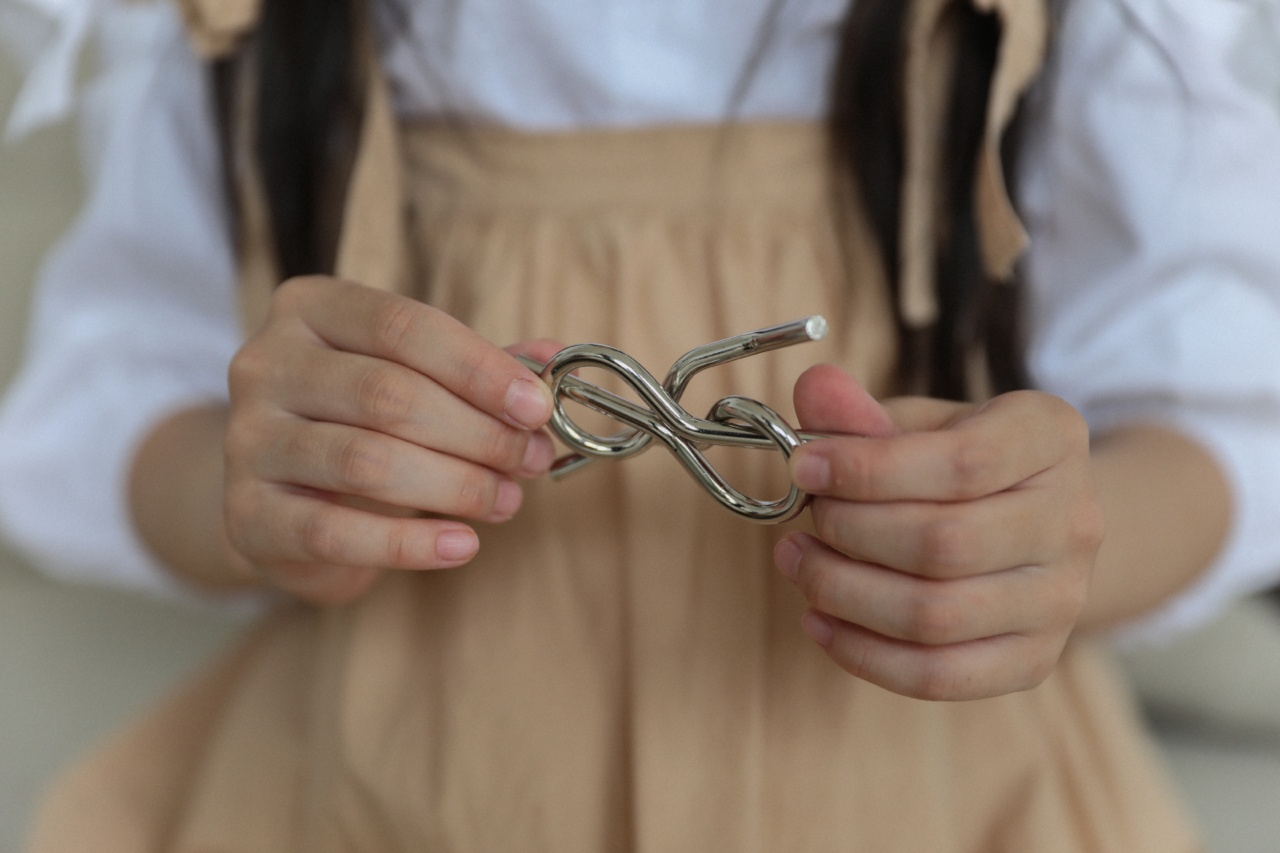Have you ever found yourself drawn to something, even though you know you shouldn’t be? Maybe it’s that delicious piece of chocolate cake sitting in the fridge, calling your name.
Or perhaps it’s the urge to check your phone every few minutes, just in case you missed something important.
Whatever it is, there’s no denying that irresistible behaviors can be incredibly powerful. And it turns out that these behaviors have a profound effect on our brains.
The Neuroscience of Irresistible Behaviors
When we engage in something that we find irresistible, our brains release a surge of feel-good chemicals. Dopamine, in particular, is a neurotransmitter that plays a key role in these pleasurable feelings.
Here’s how it works: when we encounter something that we find rewarding or pleasurable, our brains release dopamine in the nucleus accumbens, a region deep within the brain’s reward center.
This surge of dopamine makes us feel euphoric, inspired, and motivated to keep seeking out that pleasurable experience.
So, when you take a bite of that chocolate cake and feel an instant rush of happiness, that’s your dopamine at work. And the more you indulge in that behavior, the more your brain craves it.
The Power of Habit
But dopamine isn’t the only thing driving our irresistible behaviors. The habit loop also plays an important role.
The habit loop is a three-step process that our brains go through every time we engage in a behavior:.
- Cue: This is the trigger that signals our brain that it’s time to engage in the behavior. For example, if you always check your phone when you hear a notification sound, that sound is the cue.
- Routine: This is the behavior itself. Checking your phone is the routine.
- Reward: This is the pleasurable feeling that our brains get from engaging in the behavior.
Over time, our brains start to associate the cue with the routine and the reward. And once that association is established, it becomes harder to resist the behavior.
But the good news is that we can use the power of habit to our advantage. By identifying the cues that trigger our irresistible behaviors, we can start to change our routines and break the habit loop.
The Role of Willpower
Of course, breaking a habit isn’t easy. It takes willpower and determination to resist the urge to engage in the behavior that we find irresistible.
Willpower is like a muscle – it gets tired with use. That’s why it can be so hard to resist temptation when we’re feeling stressed or tired.
But there are strategies that can help us boost our willpower when we need it most. For example:.
- Meditation: Studies have shown that regular meditation can improve our ability to regulate our emotions and impulses.
- Exercise: Regular exercise has been linked to improvements in self-control and willpower.
- Sleep: Getting enough sleep is crucial for maintaining willpower. Studies have shown that sleep-deprived individuals are more likely to give in to temptation.
The Downside of Irresistible Behaviors
While our brains are wired to seek out pleasurable experiences, there are some downsides to engaging in irresistible behaviors.
For one thing, these behaviors can be addictive. Just like with drugs or alcohol, the more we engage in our irresistible behaviors, the more we crave them. And if we try to quit, we can experience withdrawal symptoms.
Irresistible behaviors can also interfere with our relationships, work, and overall quality of life. If we’re constantly checking our phones or indulging in other distractions, we may miss out on important moments with our loved ones.
And if we’re always seeking out pleasurable experiences, we may neglect our responsibilities and goals.
The Bottom Line
Irresistible behaviors are a natural and normal part of being human. Our brains are wired to seek out pleasurable experiences, and dopamine plays a key role in this process.
But it’s important to recognize that these behaviors can have negative consequences, and that it’s possible to break the habit loop and resist our urges.
By practicing mindfulness, boosting our willpower, and making conscious choices about our behavior, we can enjoy the pleasures of life without letting them take over.































